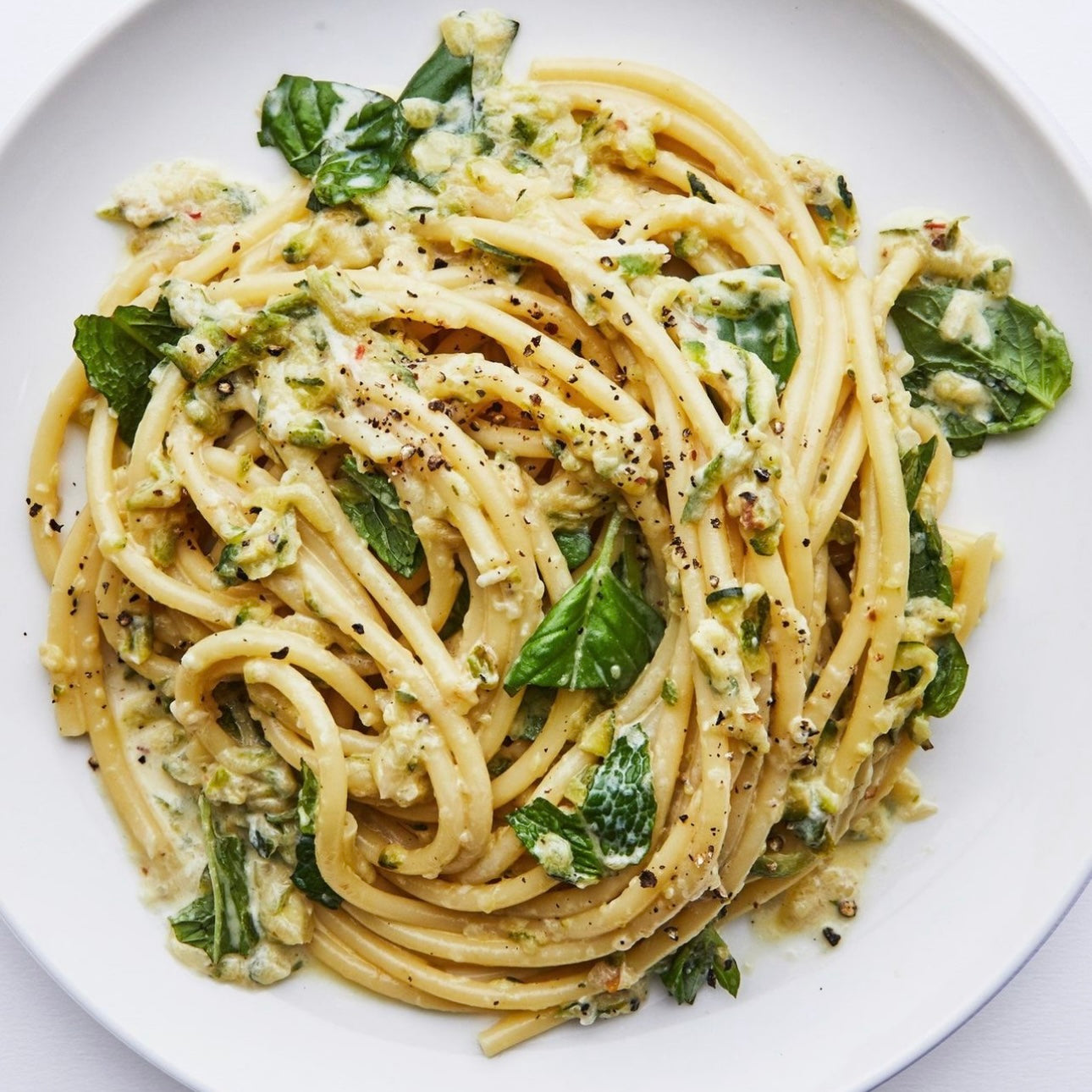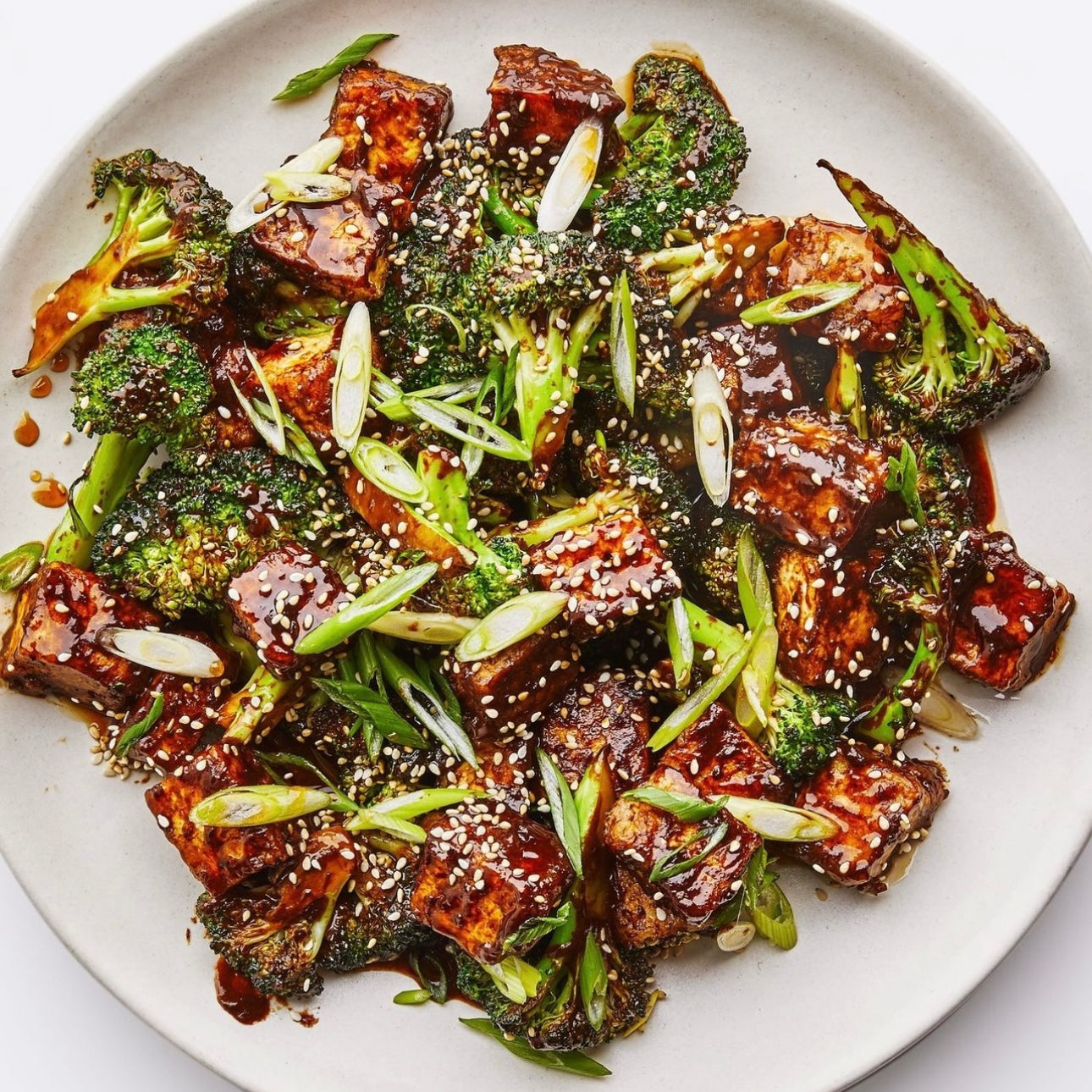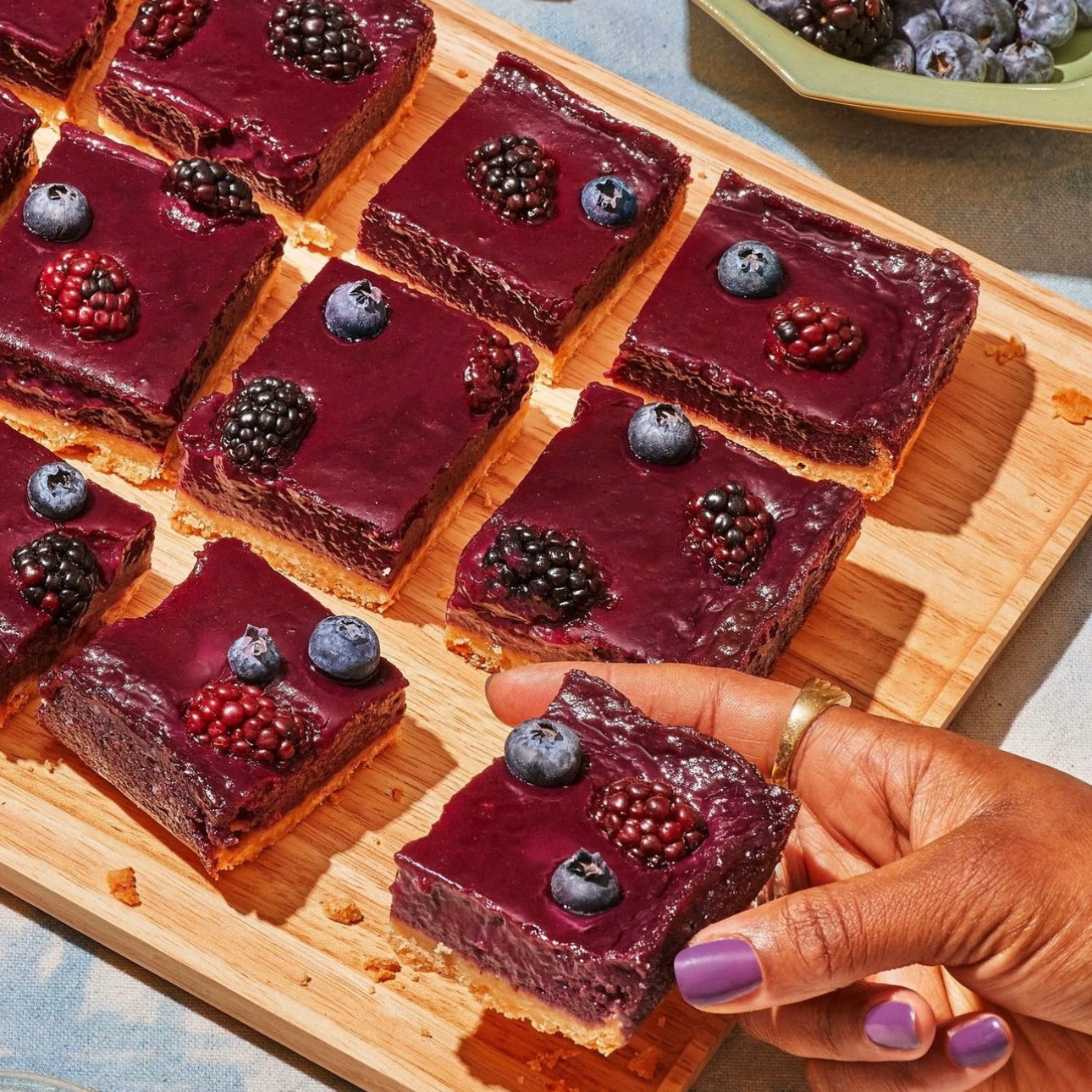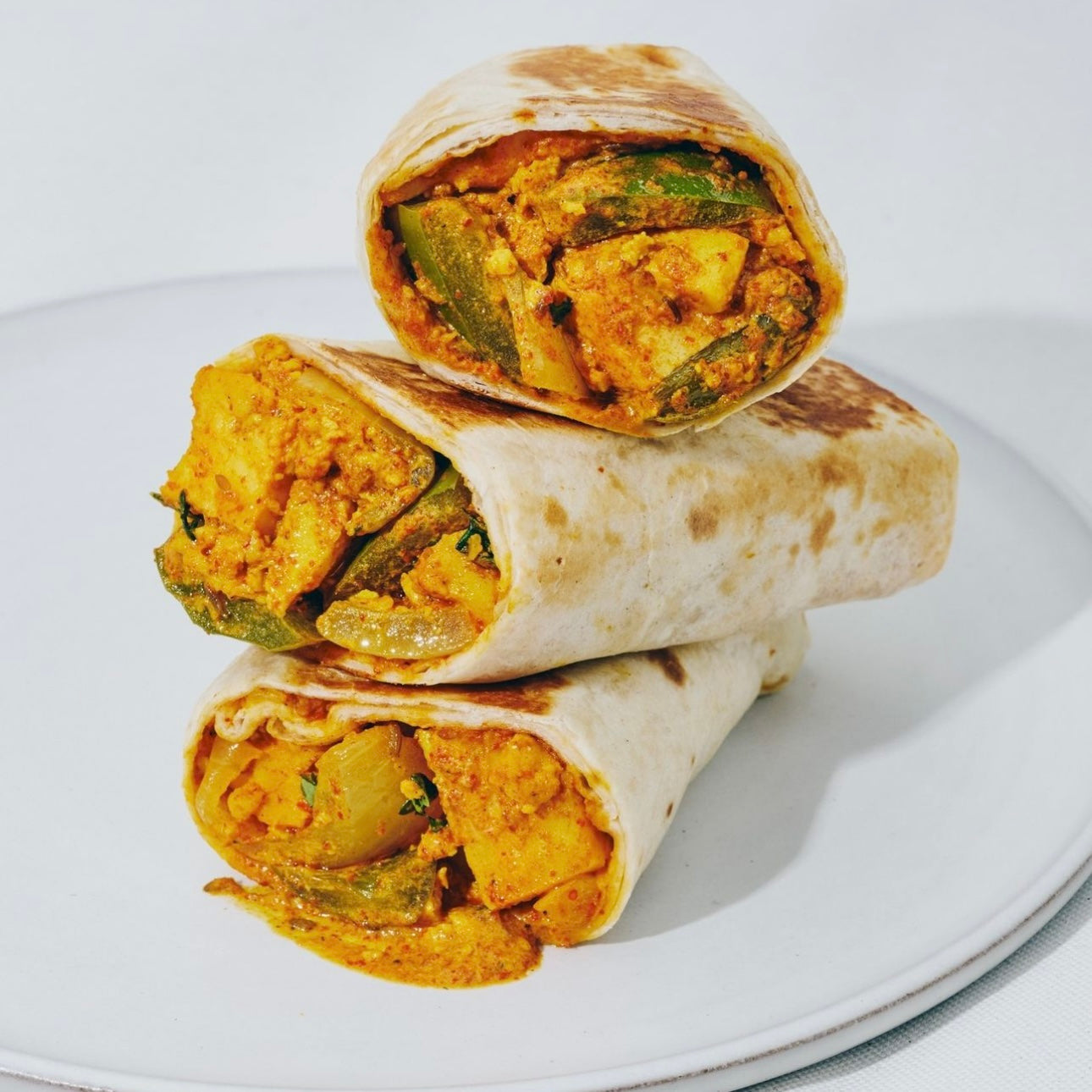There are few more beautiful sights in this world that surpass the lure of shishito peppers glistening from bubbling hot oil and flakes of maldon salt. They are the platonic ideal of an appetizer shared among family, friends or strangers. But for the spice-averse, the unpredictability of the spice of shishito peppers can be a distressing fate. You reach in to take a bite of one and it’s mild, but the next one is hot? You might only be gambling your own spice tolerance, but this Russian Roulette of peppers makes us ask why are only some shishito peppers spicy.
What are shishito peppers?
Shishitos are a vibrant green pepper that eventually matures to red (but are mostly eaten green). “If they get red, then they get really hot,” explains Zaid Kurdieh, co-owner and managing partner of Norwich Meadows Farm. This beloved pepper is native to Japan and has thin, slightly wrinkled skins and long, woody stems. You might also have a love affair with its cousin, the pimiento de padrón, which is from the Galicia region in northwestern Spain and while it’s spicier and earthier than the sweeter shishito, it can also have unpredictable spice.
How hot are shishitos?
Shishitos are mostly a mild chili pepper, but every now and then, a particular pepper can pack some heat. But how hot are they? In Scoville Heat Units, a scale used to measure the spiciness of chiles, shishitos can run from 50-200 SHU. For comparison, jalapeños average 5,000 SHU and even padróns can reach up to 2,500 SHU. About 1 in 10 shishitos will reach the higher end of this range, where the occasional shishito that qualifies as spicy measures about 200 Scoville units. So the short answer to whether shishitos are actually spicy is, well, not really.
Why are only some shishitos hot?
The reason behind the variance in heat of many chili peppers from pepper to pepper is due to the amount of capsaicin produced during growing. Capsaicin is the part of the pepper that gives them a spicy kick and makes your mouth feel hot. This amount produced, explains Kurdieh, has to do with the pepper’s growing conditions: the variety of seed used, how late into the season the peppers are picked, weather, and soil fertility. These factors can also affect the distinct flavor of the pepper from producer to producer.
At Norwich, the growing season for shishitos starts in mid-July and can go into late October or early November. “As the plant matures and you pick more and more peppers, the later peppers tend to get the heat,” Kurdieh explains—a phenomenon that can happen just weeks into the growing season if there is enough heat and dryness, factors that cause stress on the plant and produce heat in the peppers.







